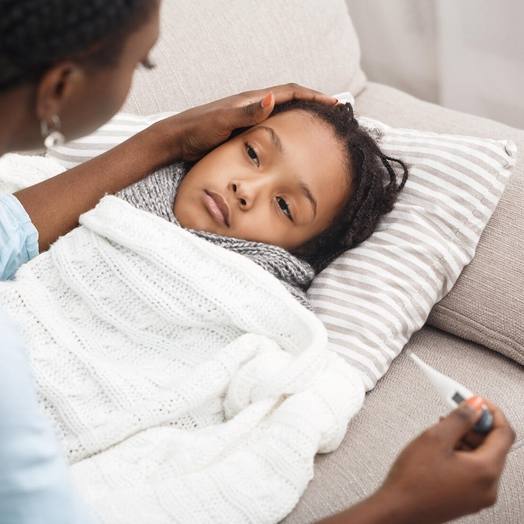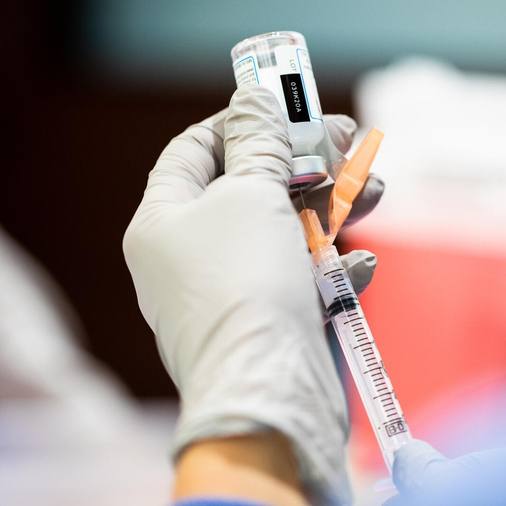-
Science Saturday: COVID-19 — the pandemic that’s forever changed laboratory testing

Like many people throughout the world, Matthew Binnicker, Ph.D., remembers exactly where he was and what he was doing when COVID-19 was classified as a pandemic. “Those first few months of the pandemic will be forever ingrained in my memory,” he says.
For Dr. Binnicker, director of Mayo Clinic’s Clinical Virology Laboratory, two important dates stand out above the rest. “One was Feb. 17, 2020, when Dr. (William) Morice and I were talking about whether the department should invest the resources into developing a test to diagnose COVID-19,” he says. “We of course decided that day to forge ahead with developing a novel test for COVID-19. The second date was March 12, 2020, when we first started testing for COVID-19.”
Less than one month after deciding to develop a novel test for COVID-19, Mayo Clinic delivered an accurate and rapid way to diagnose COVID-19 by building a new diagnostic test from the ground up. It was an unprecedented accomplishment that required an around-the-clock, all-hands-on-deck approach to test development.
"I remember vividly the hard work of the lab staff and the commitment of the team that was involved in developing our test for COVID-19," Dr. Binnicker says. "I remember being in the lab with members of that development team at 11, 12 o'clock at night troubleshooting and working to get that test brought up as quickly as possible."
Read the rest of the article on the Mayo Clinic Laboratories blog.
____________________________________________
Other Mayo Clinic medical research websites:
- Research at Mayo Clinic
- Discovery’s Edge
- Center for Individualized Medicine
- Center for Regenerative Biotherapeutics
- Center for the Science of Health Care Delivery
- Mayo Clinic Comprehensive Cancer Center







